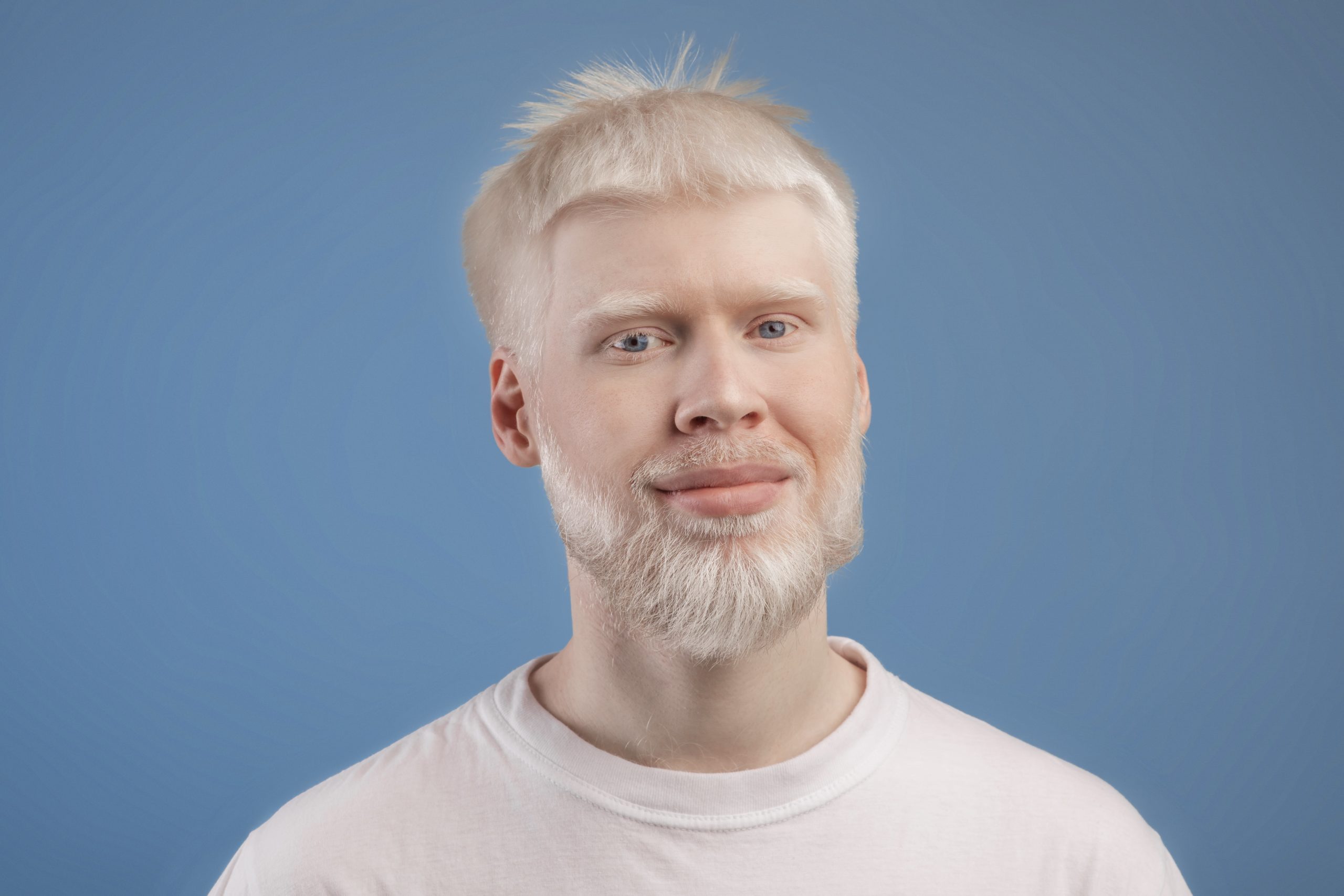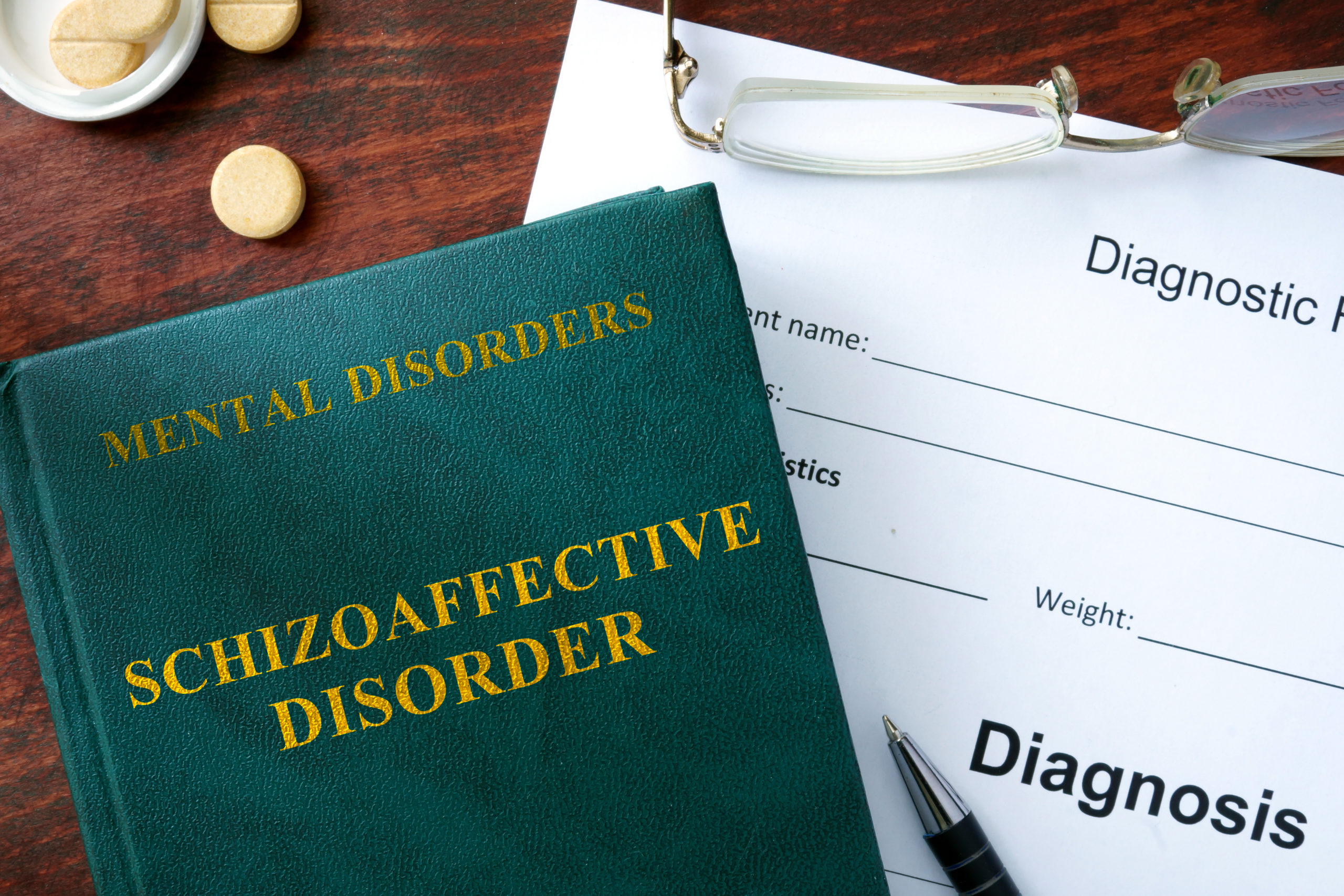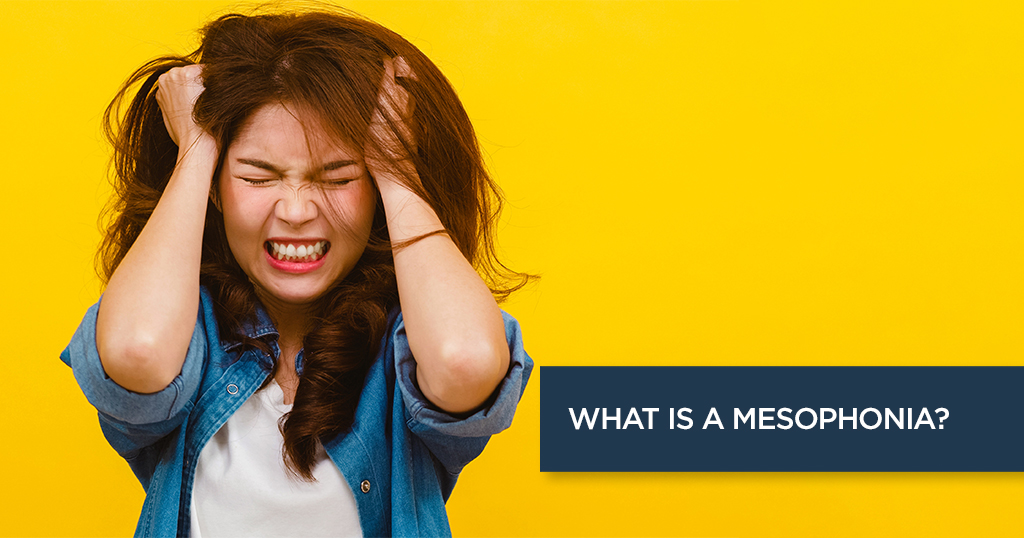Albinism: Types, Causes, Symptoms and Treatment


Overview
One can say a person has Albinism if their skin, hair, or eyes are unusually lighter than their family members or ethnic groups.
This blog discusses various aspects related to Albinism, its types, causes, and treatment methods.
What is Albinism?
Albinism is a group of inherited disorders where there is little or no production of the pigment melanin. This changes the pigmentation of the affected person’s skin, hair, or eyes. This change in pigmentation happens due to the mutations in the genes that produce melanin, a chemical that controls pigmentation in human beings. The more the amount of melanin, the darker the skin.
People with Albinism have an unusually low amount of melanin in their bodies and have ashen skin, hair, and eyes. People with Albinism are highly likely to get sunburns and develop skin cancers.
There are also vision-related issues that someone with Albinism may face.
What are the types of Albinism?
Different kinds of gene defects result in various types of Albinism, such as:
Oculocutaneous Albinism (OCA)
OCA affects the skin, hair, and eyes. Studies suggest that around 1 in 70 people will have a mutated OCA gene. Some of the subtypes of OCA are:
OCA1
Albinism OCA1 affects melanin production in the skin, hair, and eyes. It results in individuals having entirely white skin, white hair, and light eyes due to a complete absence of pigment.
OCA1a and OCA1b are the subtypes of OCA1. OCA1a type marks the complete absence of melanin. Individuals with this subtype have white hair, pale skin, and light eyes. OCA1b type albinism retains some melanin production, resulting in light-coloured skin, hair, and eyes. The colour may darken as the person ages.
OCA2
OCA2 is common in African descendants and Native Americans. Individuals with this type of Albinism can have a small amount of skin and hair colour pigment and this is less severe than OCA1. People with OCA2 are born with hair that may be yellow, blond, or light brown.
OCA3
OCA3 type usually affects people with dark skin, particularly people in southern Africa. People with OCA3 may have reddish-brown skin, hair, and hazel or brown eyes.
OCA4
OCA4 type commonly appears in people of East Asian descent. Like OCA2, the melanin production is low, and the symptoms are almost identical to OCA2.
Ocular Albinism
It only affects the eyes and not skin or hair. It makes the retina and iris of the affected people pale. This albinism results from a mutation on the X chromosome of the gene and occurs almost exclusively in males.
Hermansky-Pudlak syndrome
Reports suggest that this type is more common in the Puerto Rico region. Hermansky-Pudlak syndrome is a rare Albinism caused by a defect in one of 10 genes and produces symptoms very similar to OCA. People with this syndrome develop physical issues such as lung, bowel, and bleeding disorders.
Chediak-Higashi syndrome
It is another rare form of Albinism that shows symptoms similar to OCA. Patients with Chediak-Higashi syndrome may not be affected in all areas of the skin. The colour of the skin can be creamy white to grey, whereas that of hair may be brown or blond with a silvery sheen. People with this syndrome have a defect in their white blood count that puts them at risk of various infections.
Griscelli syndrome
Griscelli syndrome is a type of Albinism that is extremely rare due to a defect in one of three genes. It occurs with Albinism and also causes immune and neurological issues. Patients with Griscelli syndrome typically may die within the first decade of life, and it is rarely reported across the globe.
What are the symptoms of Albinism?
People with Albinism may have the following symptoms:
- Ashen skin, hair, or eyes
- Unusually lighter skin, hair, or eyes
- Patches of skin have a lighter pigmentation than other body parts.
- Albinism with vision problems shows symptoms such as
- Crossed eyes
- Photophobia, or sensitivity to light
- Involuntary rapid eye movements
- Impaired vision or blindness
What Causes Albinism?
Albinism is a genetic disorder. There is a high chance of inheriting Albinism if both the parents have Albinism or if the gene is present in both the parents.
When the gene that produces melanin gets defective, it causes Albinism. Melanin is a pigment that gives colour to the skin, eyes, and hair. The gene defect may result in the complete stoppage of melanin production and distribution or a reduction in melanin production.
Most people with Albinism inherit it from their parents, who are only carriers of the gene and don’t have any symptoms of the condition.
When to see a doctor?
People with Albinism can lead an everyday life with fewer outdoor activities. But if any physical discomforts disturb daily life, the healthcare provider must be contacted.
Request an appointment at Apollo Hospitals
How is Albinism diagnosed?
The precise diagnosis involves genetic testing to detect mutated genes related to Albinism.
Albinism related to vision can also be evaluated with an electroretinogram test. This test detects the response of the light-sensitive cells in the retina to find out eye problems associated with Albinism.
Is there a treatment for Albinism?
There’s no complete cure for Albinism. The treatments can help relieve symptoms and prevent sun damage to the skin. One may use:
● Sunglasses, protective clothing, and sunscreen to protect the eyes and skin from the UV rays
● Wear hats while in the sun
● Surgery on the muscles of the eyes to make the eye movements right
● Eyeglasses that can correct vision problems
What’s the long-term outlook?
Albinism doesn’t affect a person’s life expectancy. However, a few types of Albinism, such as Chediak-Higashi syndrome, Hermansky-Pudlak syndrome and Griscelli syndrome, do so. It is because of the health problems associated with the syndromes. These syndromes are all rare.
Those with Albinism might have to limit their outdoor activities as their eyes and skin are sensitive to the sun. The UV rays from the sun may lead to skin cancer and vision loss in a few with Albinism.
Conclusion
Albinism is a rare genetic condition that can mentally, emotionally, and physically affect lives of the people and their families. However, it is essential to get the required help from healthcare professionals to navigate the disorder.
Frequently Asked Questions
Does Albinism spread from one person to another?
No. Albinism is a genetic disorder and is not contagious.
Is it possible to prevent Albinism?
Albinism is inherited from parents. Experts suggest that if one has a family history of Albinism, consulting a genetic counsellor may help to find any red flags and solutions.
Is Albinism fatal?
Typically, Albinism is not fatal. But syndromes such as Hermansky-Pudlak syndrome and Chediak-Higashi syndrome can be life-threatening due to associated issues.





